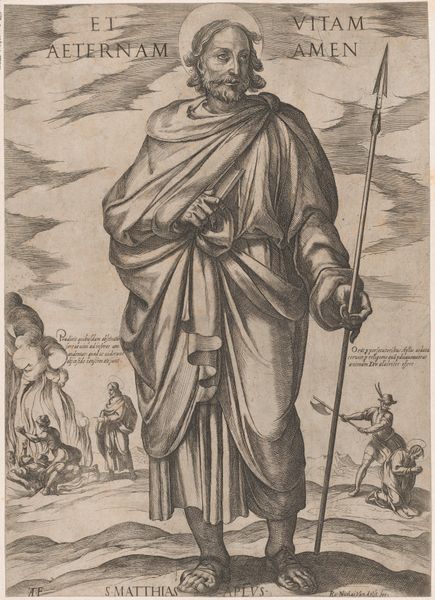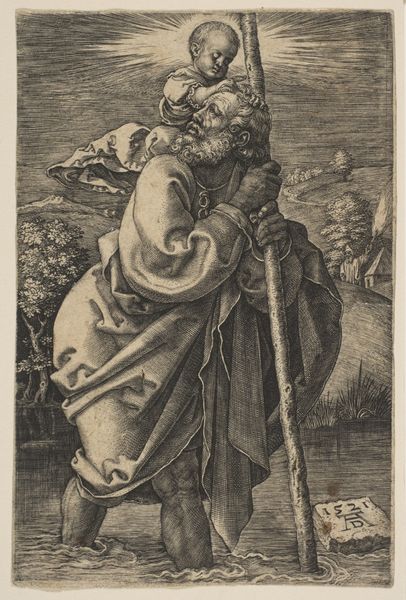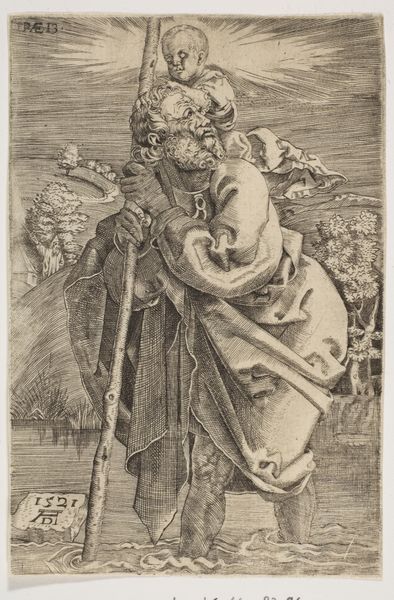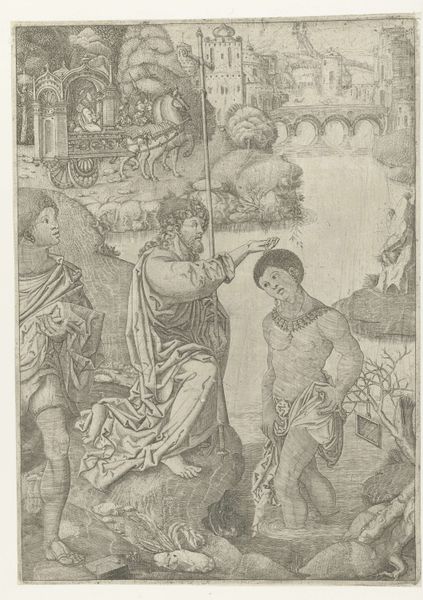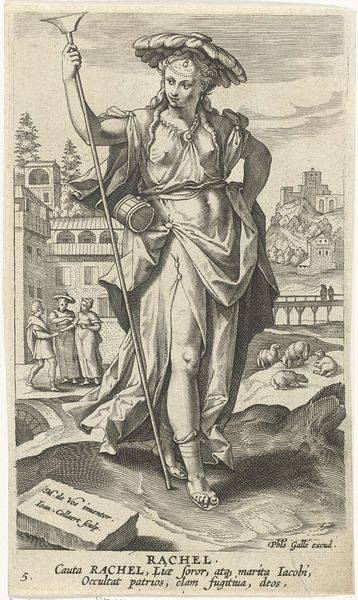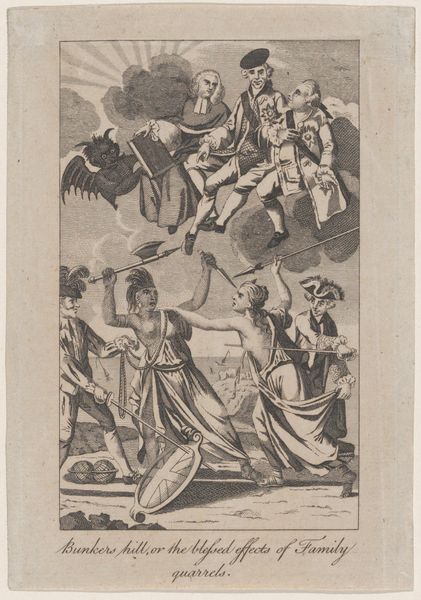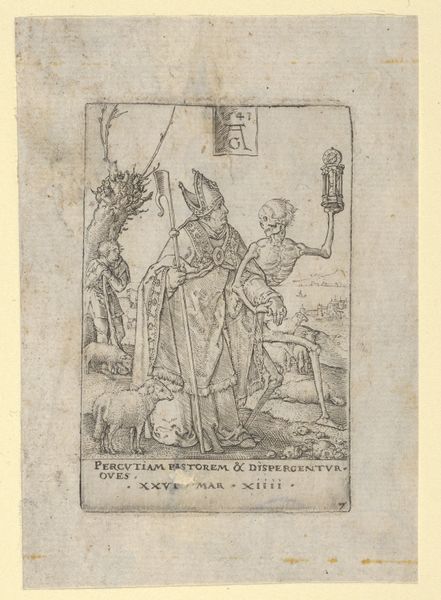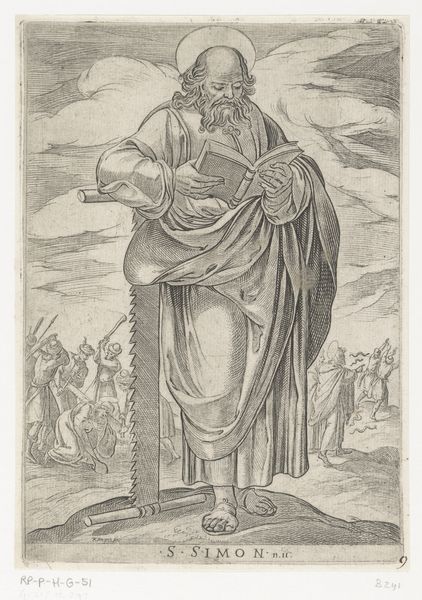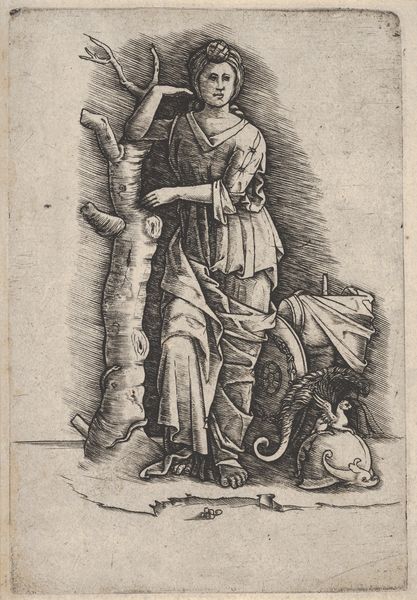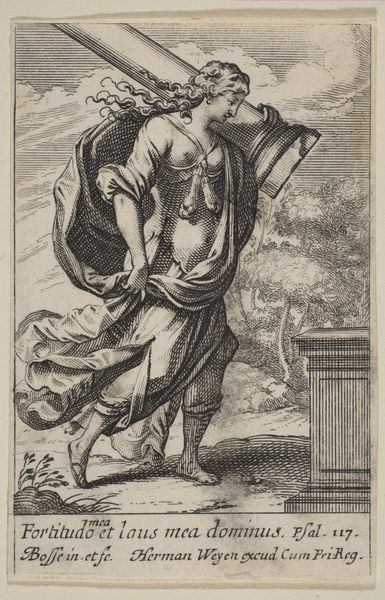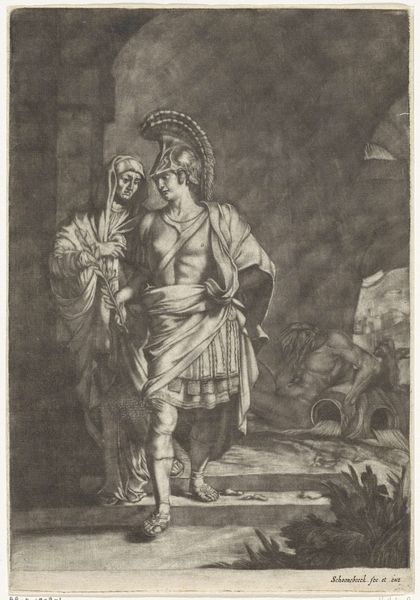
Doge Francesco Donato knielt voor Maria en Christus (linkerhelft) c. 1545 - 1553
0:00
0:00
drawing, print, ink, engraving
#
drawing
#
narrative-art
#
mechanical pen drawing
# print
#
pen illustration
#
pen sketch
#
figuration
#
personal sketchbook
#
ink
#
ink drawing experimentation
#
pen-ink sketch
#
pen work
#
sketchbook drawing
#
storyboard and sketchbook work
#
italian-renaissance
#
sketchbook art
#
engraving
Dimensions: height 430 mm, width 386 mm
Copyright: Rijks Museum: Open Domain
Editor: This engraving, "Doge Francesco Donato Kneeling Before Mary and Christ" by Nicolò Boldrini, was created sometime between 1545 and 1553. The contrast is quite striking! I'm curious – what stands out to you about this piece? Curator: Considering Boldrini's piece from a materialist perspective, the very act of engraving—transferring an image onto a metal plate—speaks volumes. The labor involved, the specialized skills required... this wasn't simply 'artistic expression.' Think about the socio-economic implications. Who commissioned it? Who could afford prints like these, and what did that signify? Editor: I see what you mean! It's not just about the religious scene; it's also about how accessible this image would have been. Curator: Exactly! And look closer. How does the medium, the engraving process itself, dictate the visual language? Notice the cross-hatching, the way the lines create tone and texture. How does that limit or enhance the artist's representation of, say, the Doge’s elaborate robes? Editor: I hadn't thought about the practical side of creating such detail using engraving. Curator: Think about the artist's choices – the conscious decision to emphasize certain textures or patterns, maybe even to simplify others, given the technical limitations of the medium. The lines themselves tell a story about production. What do you make of it? Editor: So, it’s less about what the image depicts and more about the how, and the who benefits? I suppose the very process of making this reflects a whole social structure. It really does make you think about what labor went into creating it, and how that labor affects how we see it. Thank you. Curator: Precisely. Understanding the materiality and means of production brings us closer to understanding the broader social and economic context.
Comments
No comments
Be the first to comment and join the conversation on the ultimate creative platform.
